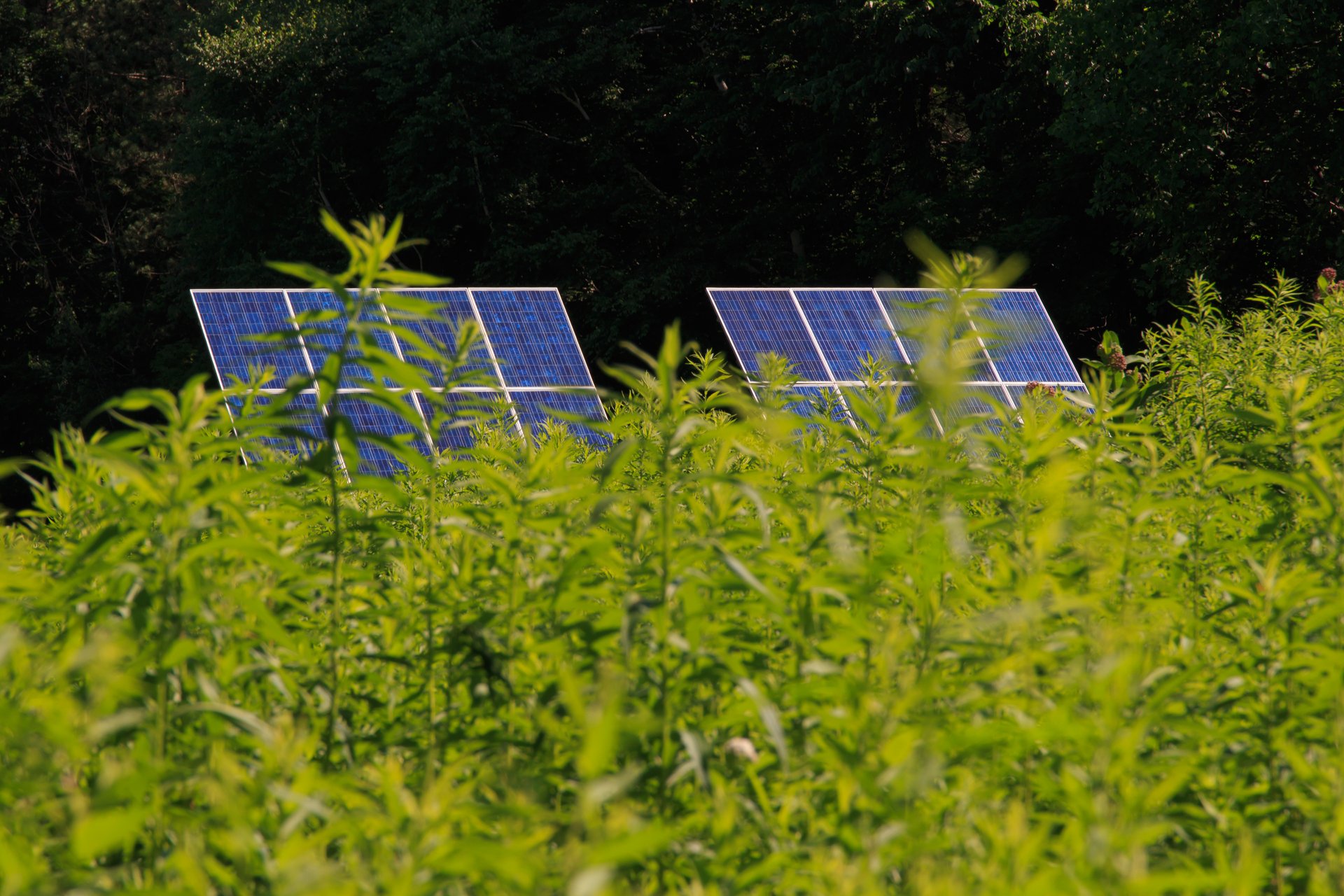The state has released draft regulations that will shape the future of clean energy projects in Massachusetts. Created by law as part of the state’s commitment to expanding clean energy resources, the new statewide siting and permitting regulations will determine where new projects get built.
Mass Audubon has been closely participating in this process through our Growing Solar, Protecting Nature campaign, working with the state on policies that support renewable energy while also protecting nature as an equally vital climate solution.
Once finalized, the new regulations will determine whether clean energy advances in Massachusetts over the coming decades in ways that improve its footprint on natural lands and communities over recent trends. However, we’re concerned that the regulations proposed are not sufficiently protective enough; what's proposed does not appear to incentivize energy developers and utilities to avoid and minimize impacts to Massachusetts’ most ecologically valuable lands.
Why Does Clean Energy Siting Matter?
We need to transition away from burning dirty, expensive fossil fuels that create air pollution and destabilize our climate. To do that, we need to build much more clean energy, and very quickly. Unfortunately, many large ground-mount solar projects developed in Massachusetts over the last decade have been built at the expense of our natural lands. Forests, wetlands, and farmlands are also essential allies in our response to the climate crisis, removing 11 percent of the state’s climate-polluting emissions each year, in addition to the myriad public health and ecosystem benefits they provide. So, we must do a better job of protecting nature while scaling up solar quickly and ensuring that communities where new solar and energy resources are proposed have a clear role in the permitting process.
Climate legislation passed in 2024 required state agencies to update clean energy siting and permitting regulations to perform significantly better on environmental criteria – including biodiversity, carbon storage, climate resilience, and drinking water resources -- and community impacts. As a member of the state’s Commission on Clean Energy Infrastructure Siting and Permitting, Mass Audubon advocated strongly for these criteria and mitigation requirements to be protective of lands of highest ecological value. Our own mapping work showed major potential for more solar on buildings like rooftops, parking lots, and already-developed land, so we want to see incentives to encourage as much low-impact solar as is feasible.
What's Next
The public comment period for the draft regulations is now open, and the state is holding public hearings and information sessions beginning in October. Sign up for our Growing Solar, Protecting Nature campaign to stay in the loop to learn more about the state’s process and submit comments to support the protection of nature and communities.
Stay Connected
Don't miss a beat on all the ways you can get outdoors, celebrate nature, and get involved.



